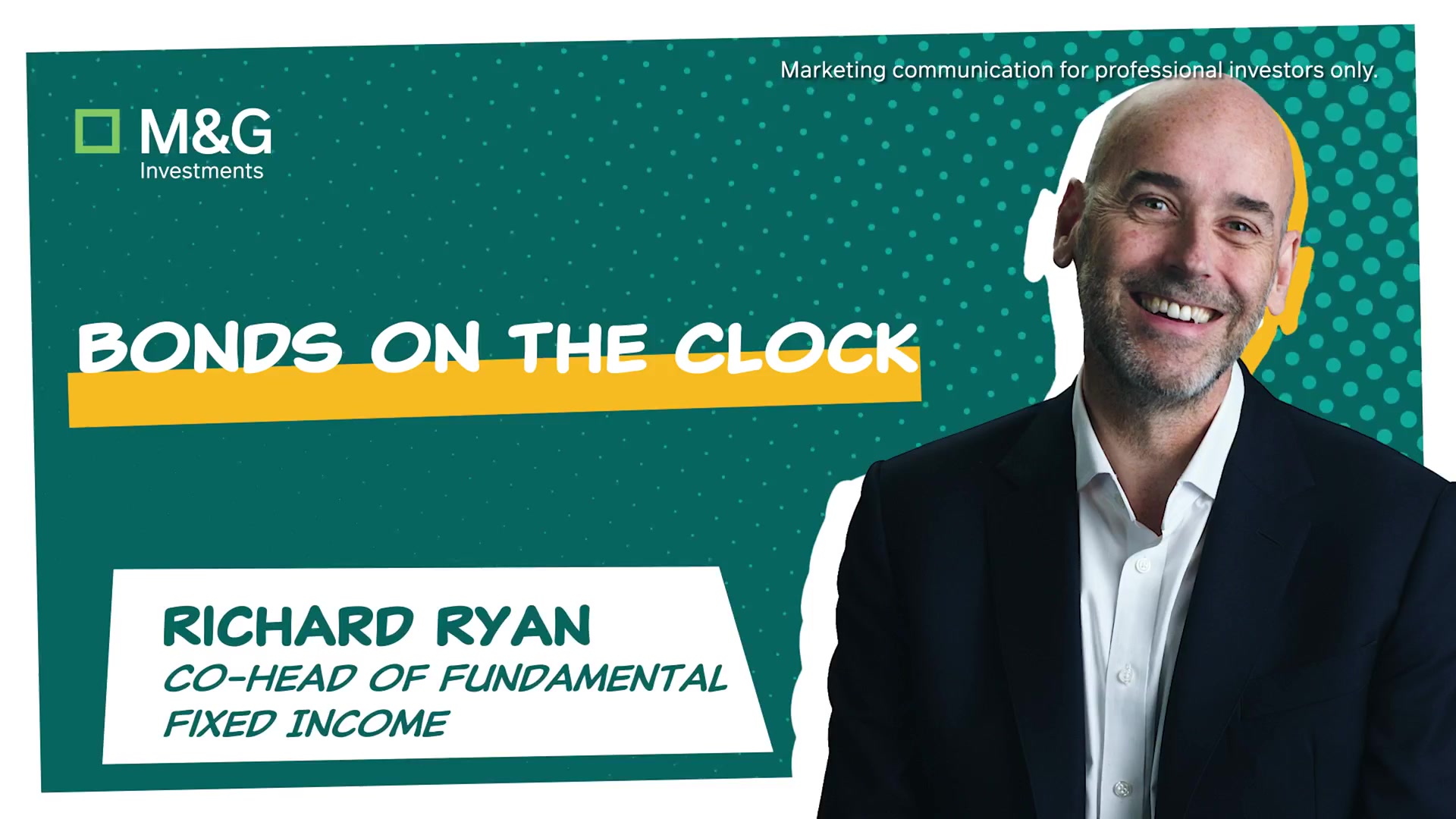The week that was …
Economic round-up
US/China trade talks
US president Donald Trump described trade talks with his Chinese counterpart Xi Jinping in South Korea as “amazing”, with the two sides settling disputes over rare earths and trade tariffs. While Xi did not comment specifically on Thursday’s discussions, he did say the economic and trade teams from both countries had “reached a basic consensus on addressing our respective major concerns”. Read more from the Guardian here
Fed rate decision
As widely expected, the Federal Reserve cut US interest rates by 0.25% to a range of 3.75% to 4%, prioritising the weakening labour market over persistent fears over inflation. The US government shutdown continues to stall data releases and has left central bankers “flying blind” on the job market, economists said. Read more from the BBC here
Lockdown hits US GDP
The US government shutdown, now in its fifth week, halted the release of third-quarter GDP figures, amid reports the impasse could cost the US economy between $7bn (£5.3bn) and $14bn, shaving up to 2% from gross domestic product in the fourth quarter. Read more from Yahoo Finance here and from Reuters here
US consumer confidence
US consumer confidence fell to a six-month low in October, amid worries around the jobs market. Confidence was particularly weak among lower-paid workers, with economists noting high-income households are keeping the economy afloat through robust consumer spending. Read more from Reuters here
Eurozone Q3 growth
Eurozone third-quarter GDP rose 0.2%, quarter on quarter, with Portugal recording the highest growth rate at 0.8%. The reading was slightly higher than expected, but Germany’s industrial weakness continuing to weigh heavily on the bloc’s overall performance. Read more from Euronews here
ECB rate decision
The European Central Bank (ECB) decided to keep interest rates unchanged at its October meeting. Inflation remains close to the 2% medium-term target, with the outlook broadly unchanged. The central bank said the economy has continued to grow despite the challenging global environment. Read more from the ECB here
Eurozone inflation
Eurozone inflation eased to 2.1% in October, in line with expectations. Stubborn services costs and geopolitical tensions remain an ongoing concern for policymakers, however. Read more from Euronews here
BoJ rate decision
The Bank of Japan kept interest rates steady at 0.5% although governor Kazuo Ueda dropped unusually hawkish hints of an interest rate hike in December or January next year. The central bank also revised up this year’s growth forecast. Read more from Reuters here
Markets round-up
Markets wobble on Fed commentary
Fed chair Jerome Powell surprised markets by casting doubt on the prospects of an interest rate cut at the central bank’s next meeting in December, saying it was “not a foregone conclusion”. Markets had broadly viewed cuts as a racing certainty and bonds and equities sold off in response. Read more from Reuters here
Africa leads EM winning streak
Africa’s stocks, bonds and currencies are leading a strong run for emerging markets, buoyed by record metals prices, a weaker US dollar and economic and currency reforms. Kenyan, Moroccan, Nigerian and South African stocks have all seen 40%-plus gains in US dollar terms this year. Read more from the FT here
AI results fail to impress
Tech results have been a mixed bag, with some companies struggling to impress investors. Alphabet has so far been the standout winner with Apple and Amazon cautiously optimistic, while Meta, Microsoft and Tesla have underwhelmed. Read more from Trustnet here
Copper price soars
Copper has soared, reaching an all-time high of $11,200 per metric ton on Wednesday on the London Metal Exchange. Macro and micro drivers have driven the price higher, with investment funds also backing the metal. Read more from Reuters here
“As Icarus learned, flying close to the sun can have its downside, and some high-valuation AI companies will no doubt see their wings get singed in the current environment.
Selected equity and bond markets: 24/10/25 to 31/10/25
| Markets | 24/10/25 (Close) |
31/10/25 (Close) |
Gain/loss |
|---|---|---|---|
| FTSE All-Share | 5216 | 5240 | +0.5% |
| S&P500 | 6792 | 6840 | +0.7% |
| MSCI World | 4371 | 4390 | +0.4% |
| CNBC Magnificent Seven | 416 | 428 | +3.0% |
| US 10-year treasury (yield) | 4.02% | 4.08% | |
| UK 10-year gilt (yield) | 4.43% | 4.41% |
Investment round-up
FCA warns on acquisition risks
In its most recent assessment of how groups handle risks, governance, debt and integration during and after acquisitions, the Financial Conduct Authority has warned that consolidation within the financial advice and wealth management sector could lead to “poor outcomes” if not managed effectively.
EC Pohl & Co buys Buffettology group
Australian investment management firm EC Pohl & Co has bought UK investment manager Sanford DeLand Asset Management, which runs the TM SDL UK Buffettology and Free Spirit funds. The group will continue to operate a fully autonomous investment process.
Saba increases Workspace Reit position
Activist hedge fund Saba Capital Management has increased its position in FTSE 250 real estate investment trust Workspace Group to above 10% of the issued share capital.
Franklin Templeton brings active ETFs to UK
Franklin Templeton plans to bring a number of its US active ETFs to the UK, starting with a US smallcap launch – the Franklin ClearBridge US Smaller Companies UCITS ETF. The fund will be run by US equity manager ClearBridge Investments.
Aberdeen increases Tritax stake
Aberdeen has agreed to increase its interest in logistics group Tritax Management. After an initial acquisition of a 60% interest in 2022, Aberdeen will now increase its stake to around 80% in April 2026, and to 100% in 2029.
St James’s Place complaints up in H1
Complaints to St James’s Place hit 1,426 in the first six months of 2025, data from the Financial Ombudsman Service has shown. Although this is 194% greater than the 485 complaints the wealth manager received in the corresponding period last year, the group said complaints had dropped more recently.
… and the week that will be
UK interest rate
The upcoming rate decision from the Bank of England is something of a rarity, given the outcome is uncertain. Gilt yields have been dropping, but the decision is likely to be finely balanced. Most commentators expect no change from the current 4% base rate, though a sizeable minority see a case for a further quarter-point cut. The bank’s Monetary Policy Committee will be balancing better-than-expected UK growth data with weakening inflation. Read more from the FT here
Corporate earnings
A big week for corporate earnings lies ahead, with many major blue-chips across the world announcing their results. As more than 130 leading companies prepare to report in the coming days, analysts at LSEG IBES believe third-quarter S&P 500 profits are on pace for a 13.8% increase from a year earlier. Read more from Reuters here
The week in numbers
UK rate decision: While some analysts have argued a 25 basis-point cut is now the likely result of Thursday’s meeting of the Bank of England’s Monetary Policy Committee, the broader consensus is that rates will be held at 4%.
UK construction sector: Consensus expectations are for the October reading of the UK construction purchasing managers index (PMI) to fall to 46, from 46.2 the previous month.
US employment: The latest US ADP employment report is expected to show 15,000 jobs were added in October, after the previous month’s 32,000 loss.
US business sentiment: Consensus forecasts are that the US ISM manufacturing PMI for October will rise to 49.9 from 49.1 the previous month, while the corresponding services reading will rise to 50.2 from 50.
US non-farm payrolls: The October report on non-farm payroll numbers in the US may still be released, even though the government shutdown could prevent any new data from being collected.
China exports: Consensus expectations are that September trade data from China will show exports up 7.3% year-on-year.
In focus: LevAIthan
Nvidia is now a $5tn (£3.8tn) company – just 18 months after it passed the $2tn market-capitalisation mark. Even then, there were plenty of market-watchers who thought it was in bubble territory – and who may well be kicking themselves today – yet the clamour more broadly over a potential AI bubble is growing louder, with luminaries such as JP Morgan Chase CEO Jamie Dimon expressing concern. Given most investors will be heavily weighted to the AI trend – particularly those in passive portfolios – should they be worried? Or could Nvidia shareholders be celebrating the behemoth’s $10tn valuation by this time next year?
There are certainly bubbly characteristics to the current market. For one thing, the focus on a singular technology – artificial intelligence – is extreme and Stephanie Aliaga, global market strategist at JP Morgan Asset Management, highlights the scale of the investment in AI-related technologies and infrastructure.
That includes a $40bn annual rate of data centre construction hit (up 30% from last year), and an estimated $342bn in capital expenditure from the so-called ‘hyperscalers’ (Alphabet, Amazon, Meta, Microsoft and Oracle) in 2025 alone – a 62% increase on last year’s own 67% rise. This feels like a lot for an as-yet unproven technology.
Equally, some of the strongest cheerleaders for AI are paring back their holdings in the sector. Scottish Mortgage, for example, has trimmed its positions in Amazon, Cloudfare and Nvidia. The trust cut its Nvidia holding by £1bn in May, saying the group’s current pricing level could prove unsustainable. “We think AI is a sufficiently important general purpose technology that it will become ubiquitous,” said manager Tom Slater at the time. “But for it to become ubiquitous, it has to be dirt cheap.”
For his part, James Thomson, manager of the Rathbone Global Opportunities fund, has brought his AI weighting to just 20% of the portfolio. “We are firm believers that AI is a new computing generation that will probably be the most important investment theme of our careers,” he says. “But we want to keep euphoria and our risk exposure to this theme in check.” He has also been trimming exposure to Nvidia, along with sensors supplier Amphenol.
Valuations do look high – in particular, the recent assessment of ChatGPT at $500bn after a share sale to SoftBank, gave investors pause for thought. This was well up on its previous valuation of $300bn and appeared a lofty price for the $4.3bn it generated in revenues over the first half of 2025.
This is a boom built on real demand for cloud computing and data-centre infrastructure – not leverage or hype.”
The recent earnings season for the bellwether technology names was, for the most part, strong and yet it received mixed reactions from the market. “When you are priced to perfection, investors hold you to much higher standards,” observes Kristina Hooper, chief global market strategist at Invesco.
“One of the ‘Magnificent Seven’ companies shared on its earnings call that it would increase its capex spending, largely around artificial intelligence, and its stock was punished even though the company beat earnings expectations for the quarter.
“Another ‘Mag Seven’ company’s stock was similarly punished despite handily beating earnings expectations due to higher capex. Other tech companies were similarly punished for minor infractions such as not beating earnings expectations by a wide enough margin.”
That said, neither Hooper nor many of her peers, are worried about an imminent crash. “Markets just go through periods where they are far more demanding of companies with high price-to-earnings ratios,” she says
“As Icarus learned, flying close to the sun can have its downside, and some high-valuation companies will no doubt see their wings get singed in the current environment. I don’t think this is alarming – just a reminder of the importance of diversification in all its forms, which includes exposure to both higher-valuation and lower-valuation equities.”
Most people do see AI as a long-term trend that is likely to reshape the global economy. As Laura Cooper, senior macro strategist at Nuveen, observes, the greater risk is “valuation fatigue” – in other words, investors tiring of paying ever-richer premiums for AI returns that do not materialise quickly enough. Even so, she adds, Nuveen still believes AI could raise US productivity by around 15% over time as AI adoption scales.
“Today’s AI capex is being funded largely by cash-rich firms with solid balance sheets, not cheap credit or speculation,” she elaborates. “This is a boom built on real demand for cloud computing and data-centre infrastructure – not leverage or hype. And return metrics remain solid.”
In a recent interview with the BBC, JP Morgan Chase CEO Jamie Dimon, expressed concern over the valuation of US stocks, admitting he was “far more worried than others” about a correction. That said, he puts it at a 30% chance rather than a foregone conclusion, adding: “Bull markets can go on a lot longer than you think.”
In practice, we look to minimise mean reversion risk - valuations and position contribution to portfolio risk can be a good starting point here.”
So how can investors handle this environment? Shipping out of all AI-related equities seems an extreme reaction and investors risk being left with egg on their faces if this proves to be only the foothills of AI growth.
According to Ben Barringer, global head of technology research at Quilter Cheviot, diversification – both away from and within technology – is crucial and investors need to ensure they are not overexposed to one chip vendor or one AI provider.
“It is vital to watch how corporate IT spending progresses over the course of this year and into next to see how sustainable this growth can be,” he continues. “Should we start to see that slow – or even digital advertising or capex – then the market may start to get jittery. For now, it is time to hold your nerve and stay level-headed.”
Anthony Rayner, multi-asset investor at Premier Miton Investors, agrees. “We can’t know when we will get a correction, or the nature of it, but we can assume that those stocks that have gone up the most, will likely fall the most – at least in the first instance,” he says. “In practice, therefore, we look to minimise mean reversion risk – valuations and position contribution to portfolio risk can be a good starting point here.
“As such, we have been trimming our tech exposure. We still have a decent exposure to equity, as our bias is to participate, but it is reduced in aggregate and the mix has started to change – for example in addition to reducing new economy stocks, we have been adding to old economy stocks, such as oils and miners.”
Exposure to markets such as the UK help balance technology exposure. This may explain the strong performance of the FTSE 100 since the start of the year as investors seek to diversify. As to whether Nvidia could be a $10tn stock, it is not impossible, of course – but investors should at least bear in mind the old adage: ‘Trees don’t grow to the sky’.
Read more on this from the AIC here, from the BBC here and from JP Morgan AM here

In focus: Fog warning
The US Federal Reserve again cut rates at its meeting last week but chair Jerome Powell ruined the party by expressing caution on future rate cuts. He observed that a December cut should not be seen “as a foregone conclusion – in fact, far from it”. The lack of available data as a result of the government shutdown is also prompting caution: “What do you do if you’re driving in the fog?” he added.
“You slow down.” Markets had appeared excessively optimistic prior to the cut, anticipating more cuts than had actually been forecast by the Federal Reserve. In the wake of Powell’s comments, the yields on US treasuries rose slightly as they pared back expectations.
According to Stuart Clark, portfolio manager at Quilter, the Federal Reserve is facing a number of idiosyncratic risks that other developed markets are not experiencing. “The government shutdown continues and shows no sign of being resolved,” he says. “We eventually got the inflation print for September but that looks as if it will be last official statistic for some time.
“Corporate earnings appear fine and stockmarkets are at all-time highs but employment numbers appear to be faltering. As emphasis is therefore put on private surveys, the Fed is flying somewhat blind as it scrambles to find out what is really happening in the US economy.”
Nevertheless, adds Clark, it is clear that, on balance, Fed officials now see the current rate as too high for the economy and so rate cuts remain a possibility. He points out that the Fed also plans to halt the scale of its quantitative tightening (QT)programme from December, which may also help lower bond yields.
For his part, Max Stainton, senior global macro strategist at Fidelity International, still expects the Fed to cut in December. “Looking ahead, despite chair Powell’s insistence that a lack of data may manifest as caution around another rate cut, we expect this lack of data to manifest dovishly,” he says.
“The reduced data flow both masks the effects of previous DOGE lay-offs and will start to produce its own negative growth effects as its length extends. As a result, we expect one additional cut by the end of the year in light of these dynamics and the revealed preference for being more dovish by halting QT earlier than most expected.”
Last week’s cut and its aftermath revealed some fragility in markets. They are priced for a perfect outcome that may not materialise. A rate cut remains a possibility for December, but investors need to exercise some caution over expectations.










